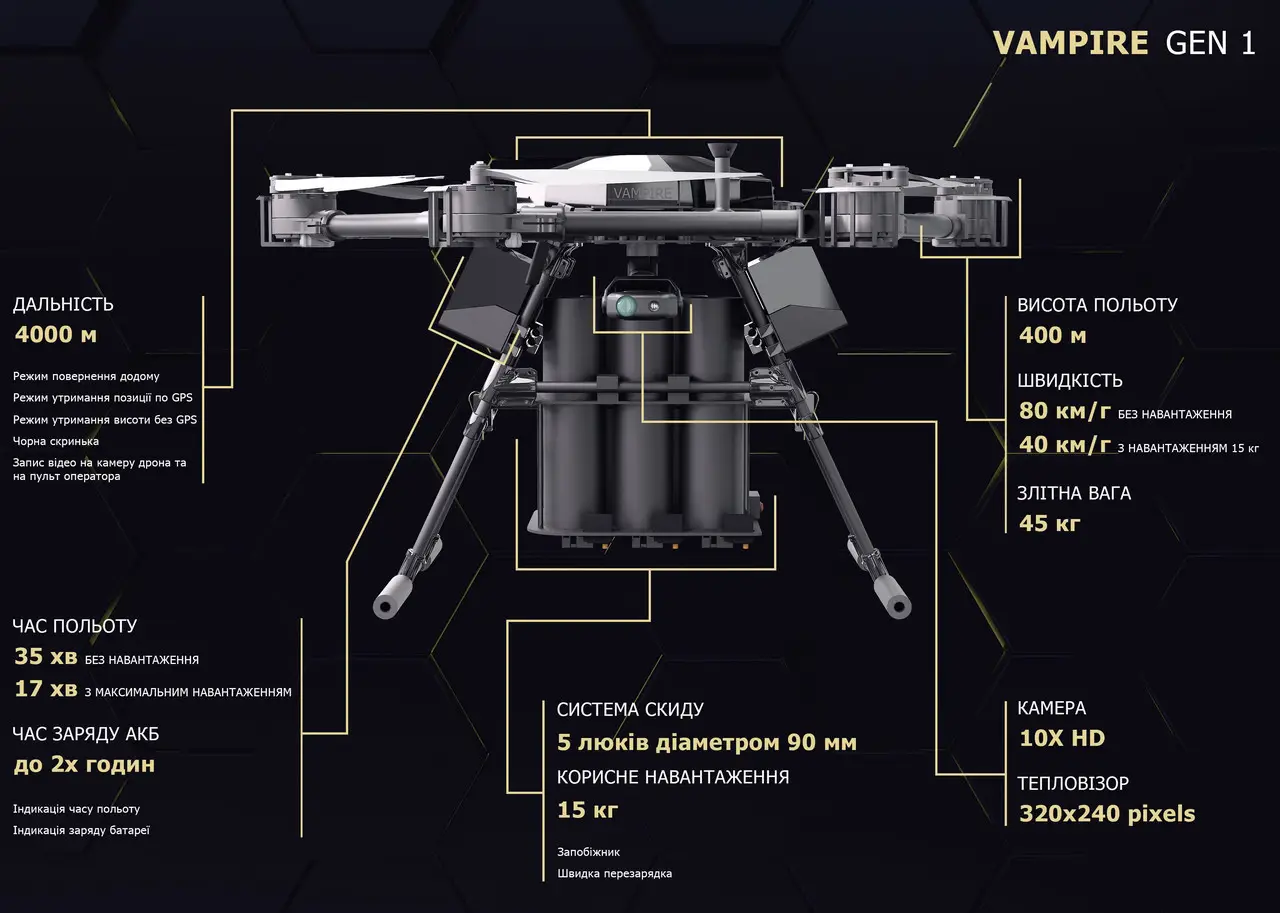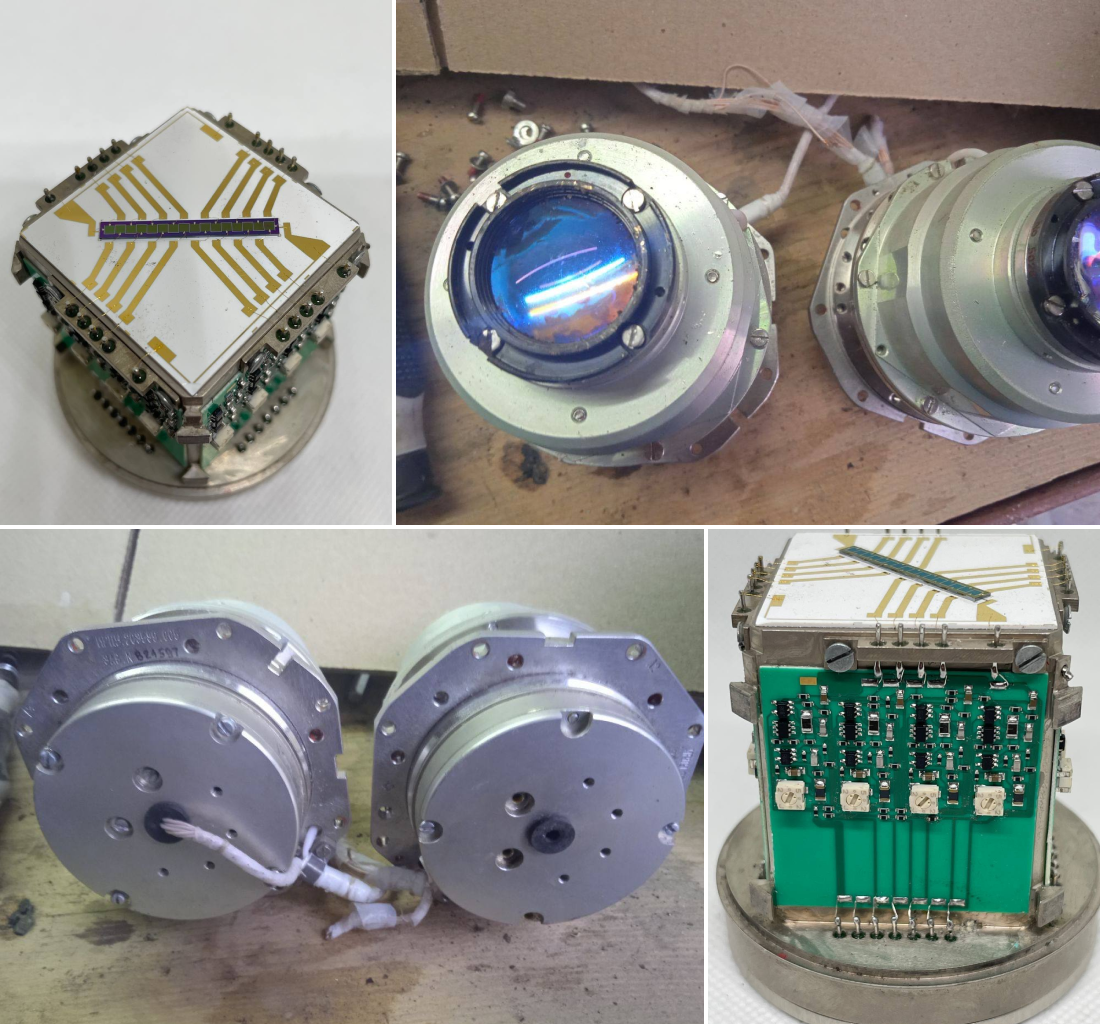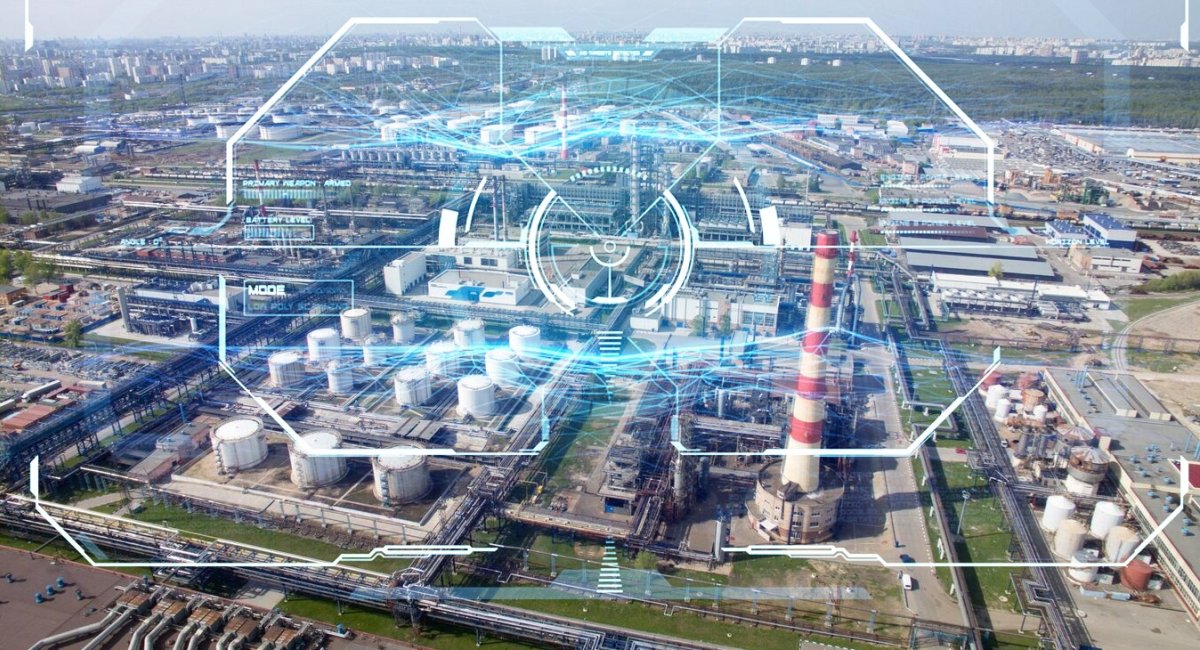Machine VISION: what Ukrainian-developed systems are capable of
Machine vision on FPV drones
The Armed Forces of Ukraine have used large quantities of FPV drones since 2022. This helps to compensate for the shortages of other munitions and significantly changes the rules of the game in war. For the Russians, this means that explosive ordnance can come from any direction and hit it in the most vulnerable spot.
The invaders also picked up this idea and started assembly-line production of small kamikaze drones. And although Russian factories are very high-capacity, and the Kremlin has unlimited financial resources, Ukraine has been able to overtake the Russian army in the use of FPV drones this spring, judging by recorded cases of such use. The Ukrainians win not only through quantity, but also through technology.
For example, look at the Ukrainian drone Vampire, which the Russians call "Baba Yaga". It is capable of flying at night, dropping up to 20 kilograms of explosives right at the target and returning to the operator. The first cases of its use in 2022 proved a very unpleasant surprise for the invaders.

Anti-drone technologies are also not standing still.
The most effective way to protect oneself from an FPV drone is to turn on an electronic warfare (EW) system. It suppresses the drone's communications with its signal so that the operator loses contact and cannot direct the drone to the target Recently, mobile or "trench" EW systems, which can be installed anywhere, have become popular.
If they operate at the correct frequencies, the drone will fall down or aimlessly hover in the air on approaching the target. Unfortunately, Russia is still ahead of Ukraine in EW technology. Therefore, the main task for Ukrainian designers is to make the drone operate on its own on the battlefield and make it less dependent on the operator.
This is where machine vision comes to the rescue. The idea is for the drone to focus its attention on a specific target and pursue it on its own even after losing contact with the operator.

Of course, machine vision has its drawbacks. For example, it is unlikely that in the near future, it will enable drones to hit exactly the weak point of a tank and manoeuvre efficiently in case of adverse weather.
However, this will definitely contribute to the growth of the hit rate, which currently remains low at just about 20%. The use of machine vision on drones will effectively cancel out EW effects and allow them to inflict losses on the enemy more safely and on a larger scale. The party that uses it first will gain a considerable advantage.
Now several teams are testing their solutions, but we need state support in this field to be as dynamic as possible and take into account systemic approaches and direct investments, otherwise the balance of power may tip the other way. Volunteer Serhii Sternenko demonstrated an FPV drone of this type at work. In the video, you can see how the Ukrainian drone locks on a target at a long distance and loses contact with the operator after a few seconds.
Nevertheless, the tank is still hit, because the drone flies to the target on its own. Serhii Sternenko ?
RAISING FUNDS FOR AN FPV DRONE WITH AUTO TARGETING!
Our drones have evolved and can now hit targets almost on their own!
This video shows the destruction of a Russian tank using just such a drone?
This is a joint effort of the 60th and 63rd Mechanised Brigades.
The drone flew to the target while being actively suppressed by EW systems, but that did not stop it.
Because at the terminal phase, it did its job on its own?
The technology is new, it needs improvement and scaling-up.
That's why I'm asking you to make a donation for such drones as a birthday gift to me.
They cancel out the effects of the enemy's EW in most cases and allow one to hit the enemy even more effectively!
The goal is 50 million hryvnias [about US£1.28 million].
With these funds, we will purchase 1,300+ such drones and invest in the technology itself.
These will be both FPV quadcopters and aircraft-type FPV drones.
They will include day and night versions.I am fully aware this is not the first time such technology is used in Ukraine, but it is one of the first successful applications.
And the enemy, unfortunately, also has similar systems under development.
The Russians have been testing a similar technology for more than a month, so it's one more reason for us to invest in this development.
And when the product is completely ready, we will bring the government procurement bodies in as well.
To scale it up even more.
Monobank jar https://send.monobank.ua/jar/5eBaMvoanU
Jar card 5375411215349155
Privatbank card 5168745030910761
PayPal [email protected]
Let's go!
Navigating in space
The concept of machine vision is also used for more complex weapons, namely cruise missiles.
Modern missile models have several ways of navigating in space to increase accuracy and be able to manoeuvre at low altitudes with minimal risk of collision and detection by ground-based radars. Therefore, in addition to the classic GPS satellite signal, other navigation systems can be installed on missiles. For example, TERCOM.
Essentially, it gets a terrain map loaded into the missile's memory. Along the way, the computer will compare the terrain the missile sees around it with the map it has loaded.

The missile "sees" the terrain with the help of special radar equipment, so it can be called machine vision only in a very broad sense of the word. However, the DSMAC system focuses precisely on the image from the lens.
Its principle of operation is similar - photos of an area are loaded into the memory, and the computer looks for matches and determines the coordinates by analysing photos supplied by the on-board camera. Usually, TERCOM and DSMAC complement each other. They are especially useful when operating under the influence of an EW system.
The first is used throughout the entire path, and the second for the terminal phase guidance.
According to Defence Express, the DSMAC guidance system equips Storm Shadow cruise missiles, which recently destroyed the main communications hub of the Russian Black Sea Fleet. The Russians are also using this technology against Ukraine. It was recently found on a disassembled Kh-101 missile. Ukrainian kamikaze drones are also equipped with machine vision technology.
Ukrainian kamikaze drones are also equipped with machine vision technology.
This allows the drones to hit Russia's energy facilities in the most vulnerable points with surgical precision. At the same time, it minimises the risk of the drone going off course under the influence of EW.
Smart reconnaissance cameras
In the wars of the past, it was mostly humans who were sent to perform reconnaissance and patrol duties in the combat zone, which endangered their lives and did not guarantee high-quality detection of the enemy. The modern military has come to a logical solution to the issue: instead of humans, they use cameras with machine vision, which are able to determine the type of an object and the distance to it, and transmit the information to the headquarters in a matter of seconds.
With technological progress, processors become faster and cameras can see clearer. And the most important thing is that technologies are becoming much more affordable. This paves the way for widespread use of cameras and machine vision along the front line.

In the West, similar devices are produced by the companies FLIR (USA), Silent Sentinel (UK), Tanz Security (Spain), etc.
In Ukraine, such systems are mass-produced by the Compass Engineering company under the name ZIR ("VISION" in Ukrainian) on the order of the Defence Forces. The principle of their operation is as follows: the camera stays in position around the clock, tracking the signs of possible appearance of enemy personnel, equipment or drones. As soon as a target is detected, the system records its coordinates and raises the alarm.
Commanders at the strongpoint see the locations of targets in real time on their screens and make decisions on their elimination. One way to do it is to launch FPV drones at specified coordinates. Such an approach gives advantage on the battlefield due to the minimisation of the human factor, as it is the machine that suggests the presence of a threat and provides the necessary data for effectively striking it.
These units can be integrated into other situational awareness systems and create the most complete picture of the battlefield for the higher command. We know that ZIR is already used by the State Border Guard Service of Ukraine. The realities of war require quick decision-making, so Ukrainian border guards have begun to use both the stationary and mobile versions of this system.

Autonomous unit ZIR Pro from Compass Engineering
Another promising area where Ukraine can use similar solutions is the search for Russian drones in the sky. Air Force radars are not capable of covering the entire country, so the Armed Forces have to find another efficient way to detect large quantities of drones. Using cameras set on the probable flight paths of Shahed drones can be one of such ways.
Compass Engineering tests showed that a ZIR unit detects them at a distance of about 7-10 kilometres, which is enough for mobile groups to respond. This can significantly help in the defence of Ukraine. We need to modernise non-stop in order to win in the end.
Machine vision-equipped cameras can be used in civilian life as well: for example, for early fire detection or security monitoring in crowded places.
Under war conditions, this is an effective way to substitute machines for human reconnaissance missions in certain areas of the combat zone and thus preserve the lives of Ukrainian defenders.